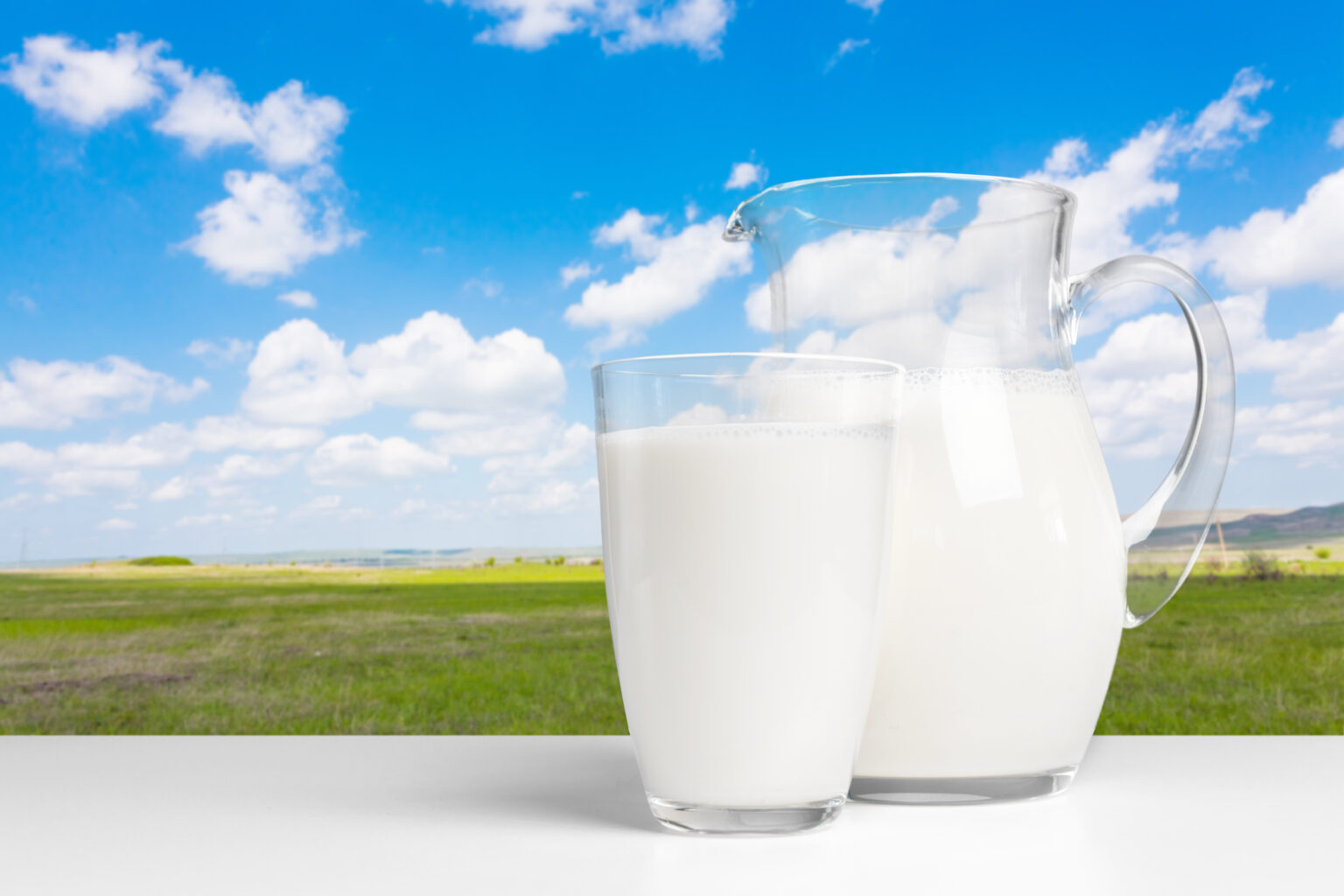Calcium is an essential mineral that plays a vital role in maintaining strong and healthy bones. It is especially important during childhood and adolescence when bone growth and development are at their peak. For many people, dairy products like milk serve as a primary source of calcium. However, individuals with milk allergies face unique challenges when it comes to meeting their calcium needs and maintaining optimal bone health.
Milk allergies are among the most common food allergies, particularly in children. When someone with a milk allergy consumes milk or dairy products, their immune system reacts to proteins found in milk, triggering an allergic response. This can lead to various symptoms ranging from mild discomfort to severe reactions, such as hives, vomiting, or even anaphylaxis. As a result, individuals with milk allergies need to avoid all forms of milk and dairy products.
The avoidance of dairy products can pose a significant challenge for those who rely on them as a primary source of calcium. Calcium is not only essential for bone health but also plays a crucial role in muscle function, nerve transmission, and blood clotting. Without adequate calcium intake, individuals with milk allergies may be at risk of developing weakened bones and an increased susceptibility to fractures.
Fortunately, there are various alternative sources of calcium that individuals with milk allergies can incorporate into their diets to ensure they meet their daily requirements. Here are some excellent non-dairy sources of calcium:
- Leafy green vegetables: Dark, leafy greens like kale, spinach, and collard greens are rich in calcium. These vegetables can be incorporated into salads, stir-fries, or smoothies to boost calcium intake.
- Soy products: Calcium-fortified soy milk, tofu, and edamame are excellent alternatives for individuals with milk allergies. Look for fortified options to ensure an adequate calcium content.
- Nuts and seeds: Almonds, sesame seeds, and chia seeds are good sources of calcium. They can be enjoyed as snacks or added to various dishes, such as salads or oatmeal.
- Fortified non-dairy milk: Many non-dairy milk alternatives, such as almond milk, oat milk, or rice milk, are often fortified with calcium. Check the labels to ensure a sufficient calcium content.
- Fish with edible bones: Canned fish such as salmon and sardines, which are eaten with the bones, provide a good amount of calcium. They can be included in sandwiches, salads, or pasta dishes.
In addition to incorporating these calcium-rich foods into their diet, individuals with milk allergies should also consider other factors that can impact calcium absorption and bone health. For instance, vitamin D is necessary for the absorption of calcium. Spending time in sunlight or taking vitamin D supplements, as recommended by a healthcare professional, can help ensure optimal calcium absorption.
Furthermore, it’s important to maintain a well-balanced diet that includes adequate amounts of other nutrients crucial for bone health, such as vitamin K, magnesium, and phosphorus. These nutrients can be found in foods like broccoli, Brussels sprouts, whole grains, and legumes.
For individuals with severe milk allergies or those who struggle to meet their calcium needs through diet alone, calcium supplements may be considered. However, it is essential to consult with a healthcare professional or a registered dietitian before starting any supplements to determine the appropriate dosage and ensure it doesn’t interact with any other medications or health conditions.
Individuals with milk allergies face unique challenges when it comes to obtaining adequate calcium intake and maintaining optimal bone health. By incorporating calcium-rich alternatives into their diet, paying attention to other factors that influence calcium absorption, and considering supplements when necessary, it is possible to ensure proper bone development and reduce the risk of osteoporosis or fractures. Working with healthcare professionals or registered dietitians can provide valuable guidance and support in managing milk allergies while maintaining a balanced and nutritious diet.








